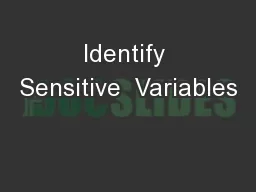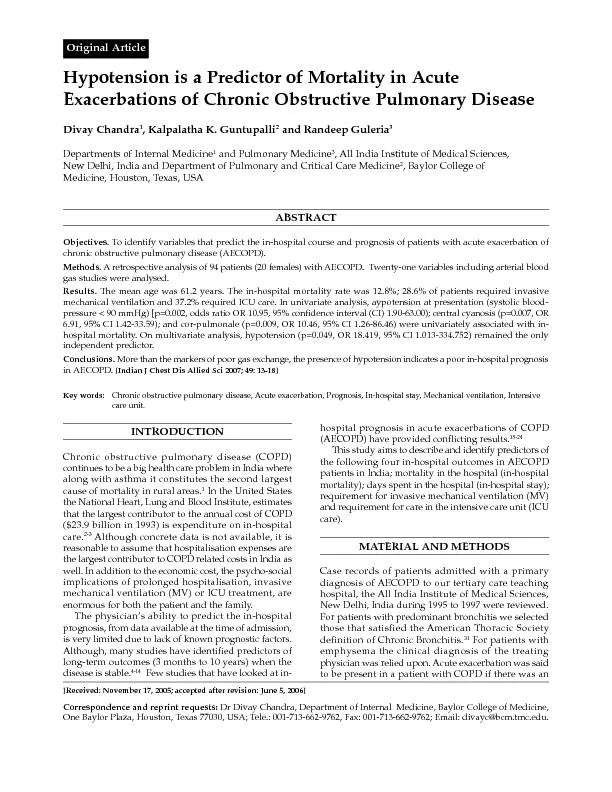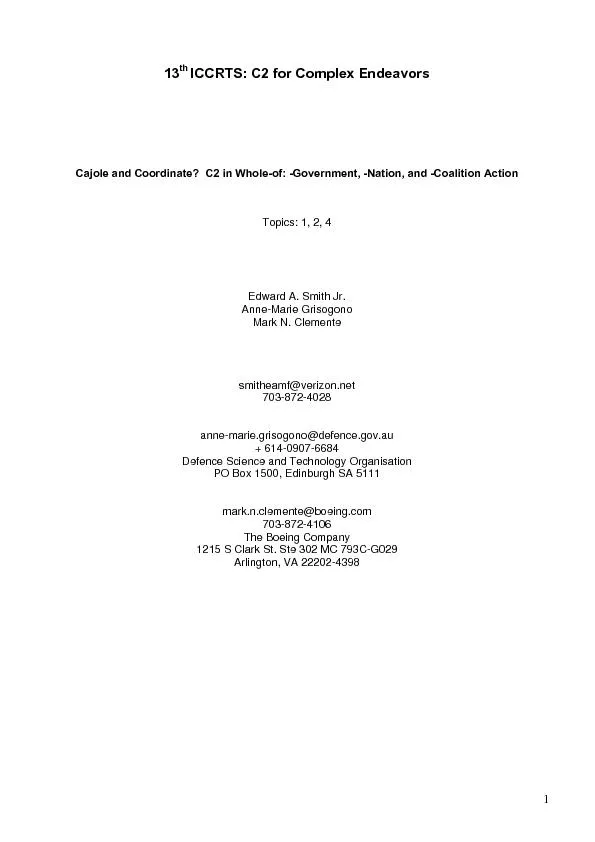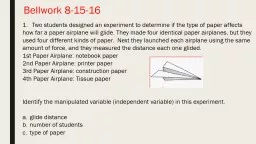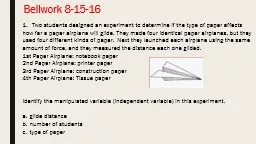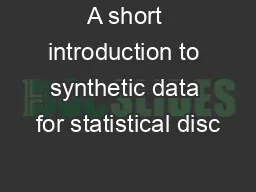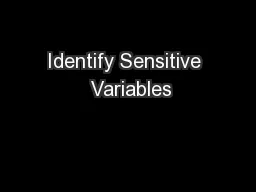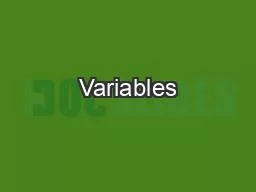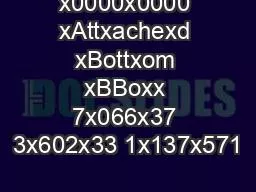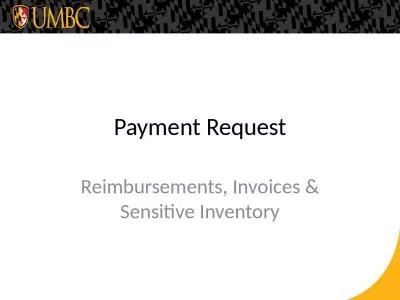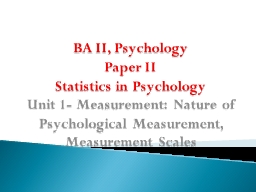PPT-Identify Sensitive Variables
Author : sherrill-nordquist | Published Date : 2018-11-07
through Whatif Scenarios Intermediate Cost Analysis and Management 1 43 We assume cross traffic will stop What if our assumption is incorrect 2 Terminal Learning
Presentation Embed Code
Download Presentation
Download Presentation The PPT/PDF document "Identify Sensitive Variables" is the property of its rightful owner. Permission is granted to download and print the materials on this website for personal, non-commercial use only, and to display it on your personal computer provided you do not modify the materials and that you retain all copyright notices contained in the materials. By downloading content from our website, you accept the terms of this agreement.
Identify Sensitive Variables: Transcript
Download Rules Of Document
"Identify Sensitive Variables"The content belongs to its owner. You may download and print it for personal use, without modification, and keep all copyright notices. By downloading, you agree to these terms.
Related Documents

